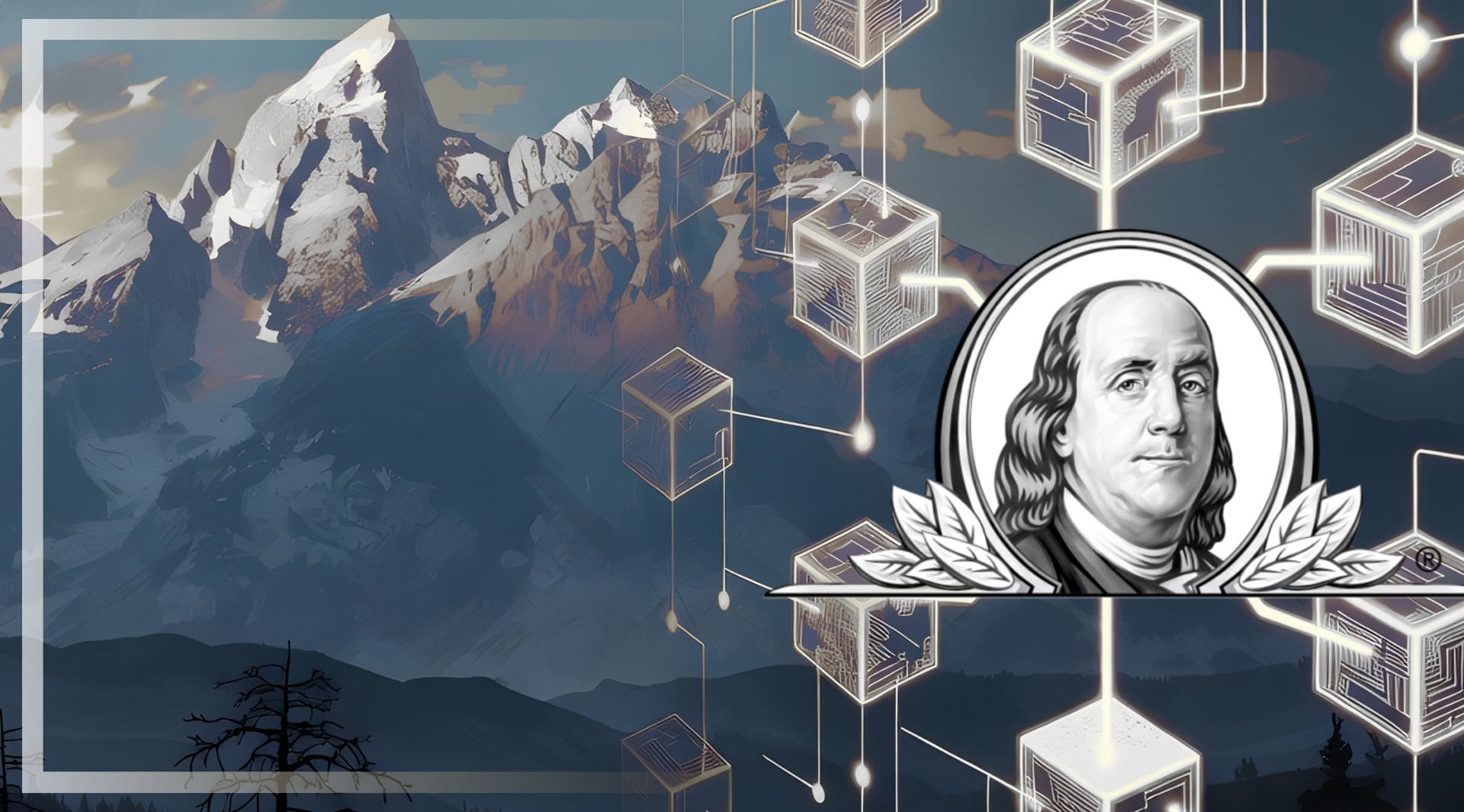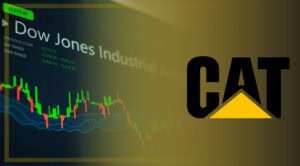Boeing (ticker: BA) has been a 30-stock Dow Jones Industrial Average (DJIA) component since March 12, 1987. That day the index added Boeing and Coca-Cola, replacing Owens-Illinois and Inco. The move mirrored Wall Street’s shift from smokestack industries to higher-tech and service-oriented companies. Boeing had briefly been in the Dow from 1930 to 1932, but the 1987 entry proved lasting.
In the 25 years after Boeing joined, the Dow gained about 470 percent, while Boeing delivered roughly 900 percent total return — outpacing many legacy industrials and cementing Boeing’s reputation as a market bellwether.
Boeing’s Turbulent Stock in the Dow
Boeing’s market journey since 1987 has been turbulent. It hit peaks in 2019 (around $430) on robust global demand, then plunged by 11-18 percent after the 737 MAX crashes in March 2019 and the Covid-19 collapse in 2020.
BA fell to lows near $95, then recovered, with 2023 seeing a 36.8 percent surge (roughly $261 year close). But that was followed in 2024 by a 32.1 percent decline (closing the year at $177), and as at August 2025 it sits at around $235. That’s an annual return of almost 33 percent at the time of writing.
Though volatile, BA’s long-term price is far above its 1987 level, when it closed the year at $4.21.
Boeing BA historical price data 2019-2025. Source: Macrotrends
Cash Engines (No Dividends)
Unlike many Dow Jones members, Boeing stopped paying a dividend in 2020. Its trailing twelve-month payout is $0.00, per Macrotrends. Boeing cut the dividend amid the MAX and Covid crises and has leaned on debt and cash flow.
By the end of 2023, Boeing held about $16 billion in cash and marketable securities, with consolidated debt around $52.3 billion. Operating cash flow turned positive in 2023 at $5.96 billion after running negative in 2020-2021, and free cash flow was $4.43 billion — signs of improving finances.
In today's issue of "everything that's wrong with America's capital markets," we present the curious case study of Boeing.
— Porter Stansberry (@porterstansb) October 28, 2024
Over the last decade, $BA management spent $43 billion buying back shares at an average price of over $220. Along the way, it racked up $57 billion in… pic.twitter.com/FoDw0DI96V
Recent Quarter Highlights
Boeing’s 2025 financial results show revenue growth and margin recovery. In Q1, revenue rose 18 percent year-to-year (YoY) to $19.5 billion and operating profit turned positive. Q2 revenue jumped 35 percent to $22.7 billion with 150 airplane deliveries; losses calculated according to generally accepted accounting principles (GAAP) narrowed year-over-year.
Boeing ended June this year with a roughly $619 billion backlog (5,900+ commercial jets) — a record that points to future sales. Management is boosting production (737 MAX target around 38 planes/month) and trimming costs.
Boeing outperforming 95% of the S&P 500 was not on my 2025 bingo card. $BA 🛫 pic.twitter.com/Vtbs0h0P9f
— TrendSpider (@TrendSpider) July 12, 2025
Silver Linings: Defense, Space, and Contracts
Boeing’s Defense, Space & Security division provides a stable revenue floor. Its defense backlog was roughly $59 billion at the end of 2023. Wins include the U.S. Air Force KC-46A tanker orders and production starts for the T-7A Red Hawk trainer. Global Services (parts, MRO, training) generated $19.1 billion in 2023 with healthy margins.
On the space front, Boeing’s CST-100 Starliner crewed launch in June last year and satellite work positions it to compete with SpaceX. The company’s massive backlog and contracts across commercial, defense, and space help diversify revenue and cushion airline-cycle swings.
JUST IN: Boeing $BA sees demand for 43,600 jets in 20 years, fueled by Asia travel boom. pic.twitter.com/zLlxjOB4bF
— Whale Insider (@WhaleInsider) June 15, 2025
Turbulence Ahead: Crashes and Controversies
Boeing’s biggest crisis was the 2018–2019 737 MAX 8 jets (Lion Air and Ethiopian Airlines) crashes that killed 346 people; investigations found Boeing misled regulators.
In July last year, Boeing agreed to plead guilty in a deferred prosecution deal with the U.S. Justice Department and pay fines and victim compensation, a settlement critics say may still complicate government contracts.
Under the terms, Boeing will pay around $243.6 million in fines — plus over $1.7 billion in victim compensation — to settle the criminal probe. Critics called the deal a “slap on the wrist,” noting that Boeing became a convicted felon in U.S. eyes.
Boeing, $BA, has been fined $243M after pleading guilty to a criminal fraud charge stemming from deadly crashes.
— Quiver Quantitative (@QuiverQuant) July 8, 2024
Boeing made $76B in revenue last year.
We collect data on corporate lobbying.
Boeing is one of the top spenders: pic.twitter.com/ie3kIT1gOt
Beyond the MAX, Boeing has faced quality-control scandals. In January 2024, an Alaska Airlines 737 mid-air panel blowout exposed issues and prompted inspections. A Senate subcommittee last year reported whistleblower claims of a “failed corporate culture” at Boeing – issues like understaffing and ignoring safety warning signs. Boeing’s CEO, Dave Calhoun, even testified before Congress amid protests in June 2024.
Missouri Sen. Josh Hawley questioned Boeing’s chief executive Tuesday about his $32.8 million salary.
— The Associated Press (@AP) June 18, 2024
Dave Calhoun’s appearance was the first before Congress by a high-ranking Boeing official since a panel blew out of a 737 Max during an Alaska Airlines flight in January. pic.twitter.com/6VSXud6oTk
BREAKING: THE US JUSTICE DEPARTMENT IS CHARGING BOEING $BA WITH FRAUD.
— amit (@amitisinvesting) June 30, 2024
Boeing stock is down 29% YTD and has been involved in multiple high profile accidents over the past few years.
A Boeing whistleblower, John Barnett, died in late May. pic.twitter.com/f8PizDX4cs
Institutions Stay Invested
In the past year, Boeing also restructured top management — new CEO Kelly Ortberg in 2024 and CFO Jay Malave in 2025 — to restore confidence. While these scandals have hurt Boeing’s reputation, many large investors remain supportive.
As at August 2025, roughly 65 percent of Boeing shares are held by institutions – banks and funds like Vanguard, BlackRock, and State Street. Their continued backing suggests a belief that Boeing’s long-term prospects outweigh near-term issues.
Boeing only invests 5-6% of its sales in research & development, plants, and equipment.
— Ben Norton (@BenjaminNorton) April 20, 2024
Instead, its management plowed $59 billion in the past 10 years in enriching shareholders, including $20 billion in dividends and $39 billion on buying back its own stocks.
When you replace… pic.twitter.com/9DYnpbnTKT
Boeing’s Pull on the Dow
Because the Dow is price-weighted, Boeing’s share price determines its influence. Boeing represents roughly 3.2 percent of the Dow (Slickcharts) — making it a mid-weight component, comparable to Apple (3.17 percent) and above Amazon (3.16 percent) in weight.
A 1 percent move in Boeing therefore nudges the Dow Jones by about 0.03%. That means Boeing’s swings can affect the index more than lower-priced names, and its rising share price has increased its influence over time.
Boeing’s Future Flight Path
Air travel demand is growing globally, and Boeing’s backlog and order wins suggest a pathway to sustained profits in the prestigious Dow Jones. Major deals — such as Cathay Pacific’s expanded 777-9 order in August this year and China Airlines’ order for Boeing 777X Passenger and Freighter Models in May — underscore airline confidence in Boeing’s widebodies.
Boeing just lost 8,830 plane deliveries to China because of Trump’s ridiculous tariffs over the next 20 years. Boeing is one our greatest American companies. The final assembly and supply-chain job losses will be huge. https://t.co/dYxRilFwsv
— John Jackson (@hissgoescobra) April 15, 2025
Revenue could grow to around $114 billion by 2028, with net income swinging from the current $10.9 billion loss to about $7.1 billion earnings, say analysts at Simply Wall St. Management aims to fix quality, lift production rates, and convert backlog into cash.
That said, analysts also warn that risks remain in the form of quality lapses and supply-chain constraints could slow recovery and delay profit realization. Short-term volatility should be expected, making BA more suitable for long-term investors.
Boeing Keeps Flying in the Dow Sky
In the Dow Jones context, Boeing remains unique. Neither a dividend stalwart nor a high-growth tech stock, it is a diversified aerospace giant with cyclical volatility and long-term upside.
For investors seeking recovery-driven growth tied to global aviation demand, Boeing is a Dow staple worth watching — risky, but with significant upside if it scales through its current challenges unscathed.
#CapitalMarkets #Boeing #DowJones #DJIA #industrial
Author: Richardson Chinonyerem
The editorial team at #DisruptionBanking has taken all precautions to ensure that no persons or organizations have been adversely affected or offered any sort of financial advice in this article. This article is most definitely not financial advice.
See Also:
McDonald’s in the Dow Jones: Golden Arches on Wall Street | Disruption Banking
3M in the Dow Jones: from Innovation to Tribulation | Disruption Banking
Johnson & Johnson: A Steady Dose of Dividends in the Dow Jones | Disruption Banking
Amgen: Biotech Pioneer’s Dow Jones Journey | Disruption Banking














